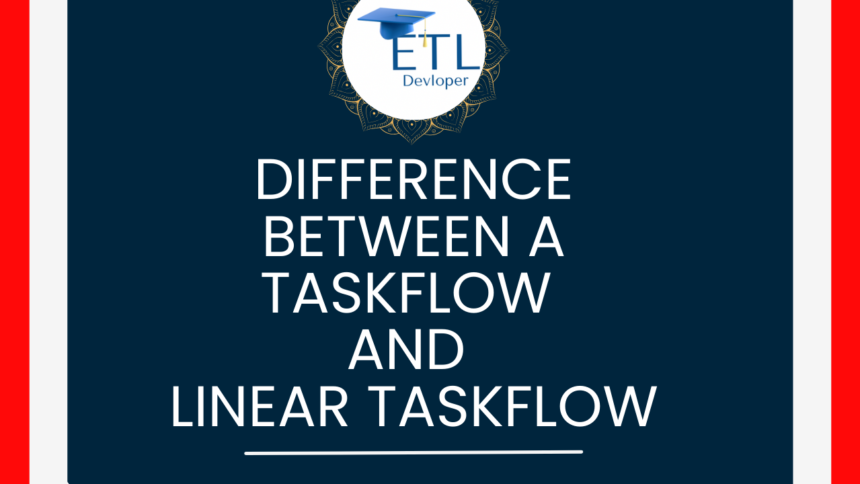Difference between a Taskflow and Linear Taskflow
What is the difference between a Taskflow and Linear Taskflow? Taskflow and Linear Taskflow are both used for orchestration, but they serve slightly different purposes and offer different features.
| Taskflow | Linear Taskflow |
| Flexibility: Provides a flexible way to define complex workflows, including conditional branching, parallel processing, and subprocesses. | Simplicity: Designed for simpler, linear sequences of tasks without branching or parallel processing. |
| Components: Allows you to use a variety of steps such as Start, Assignment, Data Task, Human Task, Parallel Paths, Exclusive Gateway, Wait, Timer, Decision, and End. | Components: Typically includes only basic steps like Start, Data Task, and End. |
| Advanced Control: Enables more advanced control over the flow of tasks, including handling of exceptions and retries. | Ease of Use: Easier and quicker to set up for straightforward workflows that do not need complex logic. |
| Use Case: Suitable for complex workflows that require multiple paths, decisions, and parallel processing. | Use Case: Ideal for straightforward, linear sequences of tasks where each task follows directly after the previous one. |
Also Read :
What is a Synchronization task in Informatica?
What is a Runtime environment in Informatica?
What is Check In Check Out in Informatica powercenter (Versioning)
Filter transformation in Informatica?
Difference between a Taskflow and Linear Taskflow Difference between a Taskflow and Linear Taskflow
